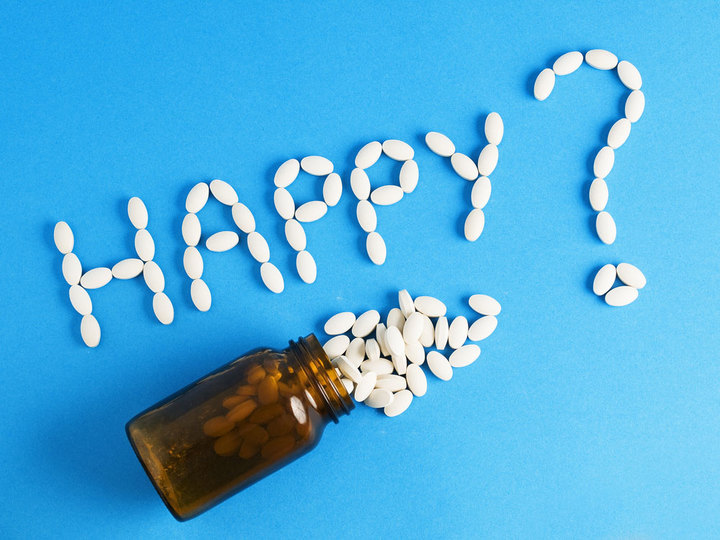2005: Researchers Seek to Overturn 1978 Federal Restrictions Re: Use of Prisoners & Children as Subjects
Historically institutionalized children and prisoners have been exploited and subjected against their free will, as human guinea pigs in all manner of medical experimentation. In 1976, 85% of human subjects were prisoners. Researchers’ regarded “Criminals in our penitentiaries are fine experimental material – and much cheaper than chimpanzees.” (a physician quoted by Jessica Mitford in her galvanizing expose in the Atlantic Monthly (1973). That article led to the enactment of federal regulations in 1978 restricting the use of prisoners. Federal regulations were then also enacted to protect children – especially children in foster care – as experimental subjects.
The current U.S. prison population is far more sizable than in the 1970s: according the US Department of Justice Prison Statistics (2008) there are 2.3 million people in U.S. prisons and jails at any given time. A disproportionate number of prisoners are African Americans. This prison population is both the largest per capita – one in every 135 citizens—and the largest overall population of incarcerated people in the world (R. Walmsley. World Prison Population List, 2007).
Researchers and sponsors covet prison populations for reasons of opportunism and convenience. Access to a large pool of captive human beings facilitates rapid enrollment in clinical trials. As captives they can’t drop out – thereby eliminating a major problem for clinical trialists. Prisoners don’t move without leaving an address – their whereabouts are monitored 24 hours a day; and their waking regimens and diet are controlled.
Beyond convenience, prisoners are devalued, disenfranchised human beings for whom society has no sympathy. Their deprivations and status as an underclass are particularly valued by elite academic and industry researchers who use the opportunity to dispense with whatever formal procedures are followed at academic research centers. Prisons are a world onto itself; they are an easy place to bury the bodies with impunity.
In 2005, The Institute of Medicine convened a sub-Committee on Ethical Considerations RE: Federal Regulations on Protection of Prisoners in Research which held several low-profile hearings. At one such public meeting in San Francisco (July 18), 14 invited presenters offered their perspective. Twelve of the 14 favored rolling back federal restrictions on the use of prisoners in research. AHRP President, Vera Sharav testified about the appalling current prison conditions as documented in government investigations by the Office of Human Research Protection; in serious ethical issues that arise due to the fact that corporate priorities often collide with patient safety.
A four part investigative series, “Sick in Secret: The Hidden World of Prison Health Care,” by Mike Ward and Bill Bishop in the Texas Statesman (December 2001-2003) uncovered a covert, interlocking system of abuse in the Texas prison health care system operated by the University of Texas Medical Branch (UTMB). Until late 2000, “UTMB conducted dozens and possibly hundreds of trials without telling state prison officials what it was doing – violating a longstanding prison system rule.”
(Read Part 1 ‘Deadly inadequacies’ plague inmate wards; Part 2 Becoming guinea pigs to avoid poor prison care Ill inmates urge each other to join experiments; Part 3 State puts lockdown on the truth; Part 4 Inmates pay price for others’ inattention )
UTMB is charged with providing health care to 80% of the 146,000 inmates in the state prison system. UTMB has continued experimenting on prisoners, apparently ignoring the federal prohibition on the use of prisoners in medical experiments unless they “have the intent and reasonable probability of improving the health or well-being of the subject.”
Absolute, impenetrable secrecy surrounds the Texas prison health-care system. Texas law (1999) precludes anyone from monitoring the quality of care provided by the university. This insular, publicly financed health care system has become a $297-million-a-year business that is immune from any public scrutiny. UTMB is accountable to no one, it is essentially free to cover its tracks and bury its failures as well as its dead bodies with complete impunity.
A federal investigation of UTMB in January 2000 by OHRP found that in 220 protocols prisoners were included – among these 95 were federally supported projects. In its letter of determination, OHRP ordered UTMB to “Suspend immediately involvement of prisoners in any Federally supported research that have not satisfied all requirements of HHS regulations.” It is clear from OHRP’s letter of findings that UTMB violated federal research regulations pertaining to restrictions on the inclusion of prisoners.
Those corporate and institutional stakeholders who want to loosen restrictions on the use of prisoners and children in medical and behavioral high risk experiments argue that it would be detrimental to these vulnerable populations to “deprive” them of the benefits of experimental treatments that would be – or might be – beneficial to their health. The argument is disingenuous: the vast majority of tested experimental treatments fail to demonstrate safety or efficacy.

